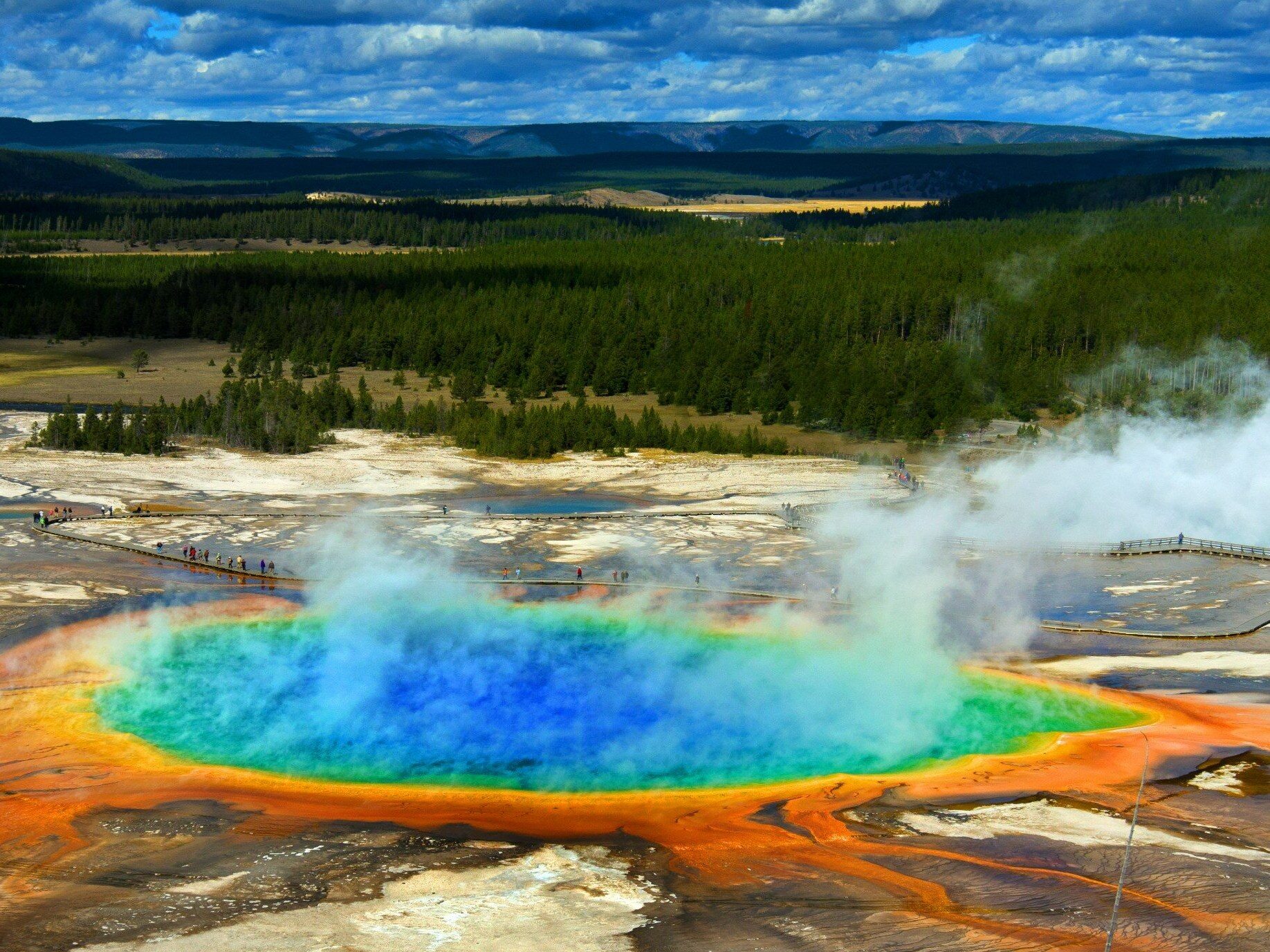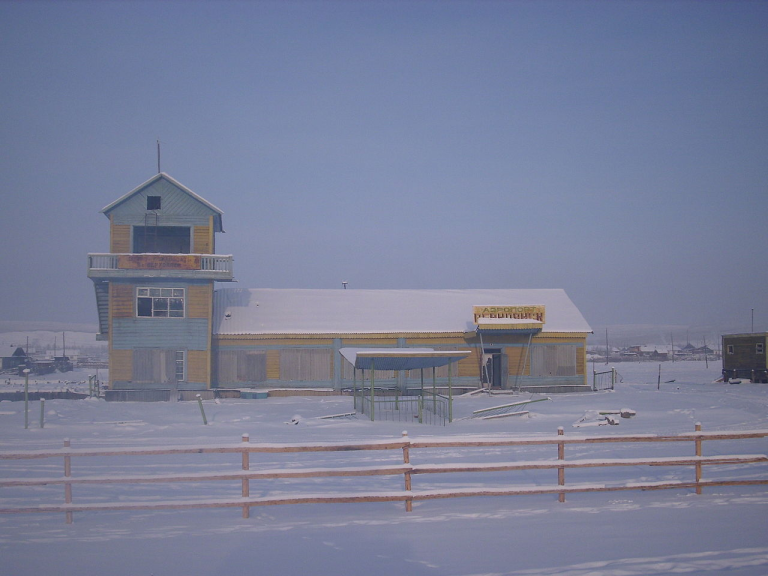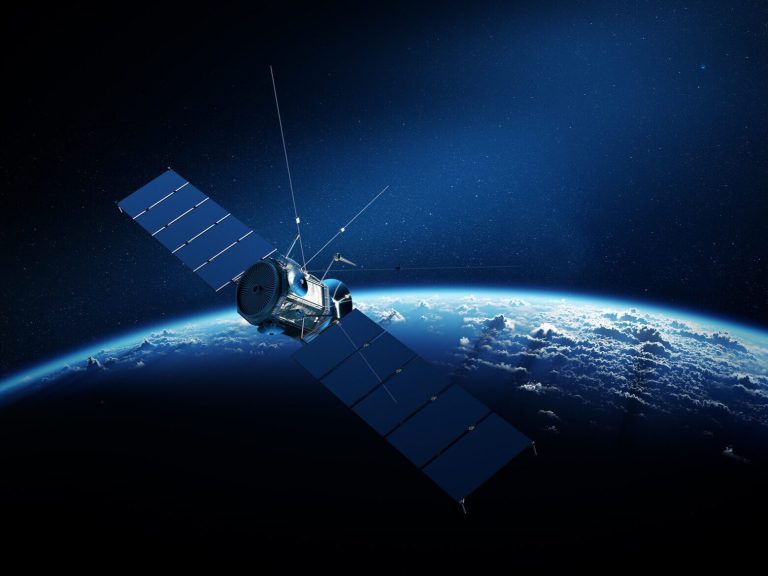This is the oldest national park located on a supervolcano. What to see in Yellowstone?

Yellowstone National Park is the oldest park in the world and is famous for its geysers and hot springs. Located on a supervolcano, it arouses great emotions among tourists.
- Yellowstone – what national park is it?
- A park located on a supervolcano
- Are we at risk of an eruption of the Yellowstone volcano?
- 10 things to do in Yellowstone Park
Yellowstone National Park became famous thanks to the TV series “Yellowstone”, which was hailed as the revelation of the season. The series hit the most popular streaming platform and immediately became a hit. Viewers were delighted not only with the plot, but also with the acting (Kevin Costner in the main role).
The drama, taking place on the border of the national park, tells the story of ranchers and Indians who have to fight for their land. Viewers follow with bated breath the story of people undertaking an unequal fight against large corporations and the government, wanting to preserve their identity. The events take place against the background of the fantastic outdoors of one of the most famous (and at the same time the most emotional) national parks in the world.
Yellowstone – what national park is it?
Yellowstoone National Park is located in the United States in the states of Wyoming, Montana and Idaho. It covers an area of 8,980 square kilometers and is visited by over 3 million people annually. It is famous primarily for its extraordinary hydrothermal phenomena – geysers and hot springs, as well as the deep Yellowstone River gorge. Created in 1872, in 1978 it was included on the UNESCO World Cultural and Natural Heritage List.
A park located on a supervolcano
Under the surface of Yellowstone National Park there is a huge volcanic caldera measuring 55×80 kilometers. It is located above the so-called hotspot, at a depth of about 5-10 kilometers. Data collected by scientists from the University of Utah in Salt Lake City and the US Geological Survey show that the magma chamber is larger than previously thought and has dimensions of 30×15 kilometers. The last time the supervolcano erupted was 640,000 years ago, but lava flows continued for tens of thousands of years.
The supervolcano in Yellowstone Park is constantly monitored by researchers. It is one of the best-studied volcanoes in the world because its eruption could lead to the annihilation of part of the United States and to the cooling of the Earth’s climate.
Are we at risk of an eruption of the Yellowstone volcano?
Researchers believe that the Yellowstone supervolcano is bound to erupt. For this to happen, the magma chamber should be 35-50 percent full. The good news is that, according to current data, the chamber is about 20 percent full for now.
If an explosion occurred, billions of tons of volcanic ash, sulfur and rocks would be released into the atmosphere, limiting access to sunlight. This would lead to the creation of the so-called nuclear winter, i.e. cooling of the Earth’s climate. Under the force of the volcanic eruption, part of the territory of the United States would cease to exist.
10 things to do in Yellowstone Park
The supervolcano and geysers have the magical power to attract tourists, making Yellowstone National Park one of the most visited in the world. The park’s biggest attractions include:
-
Geysers and Hot Springs – Yellowstone is known around the world for its geysers and hot springs
-
Grand Canyon of Yellowstone – spectacular rock formations with stunning views, waterfalls and colorful canyon walls
-
Mammoth Hot Springs – a popular geothermal attraction, offering unique limestone terraces and hot springs
-
Yellowstone Lake – is the largest high-altitude lake in North America, offering beautiful views and opportunities for water recreation. It has been covered with ice for half a year and is very deep
-
Lamar Valley – This place is known for wildlife sightings, especially in the mornings and evenings when the animals are most active
-
Tower Fall – a 43-meter waterfall, one of the most photogenic places in the park
-
Norris Geyser Basin – the oldest and hottest geyser basin in Yellowstone
-
Roosevelt Arch – a historic gate called Roosevelt Arch at the northern entrance to the park
-
Unique fauna – the park is home to many wild animals, including grizzly bears, wolves, bison, deer and many others, which can be observed in their natural habitat
-
Hiking and Hiking Trails – Yellowstone offers hundreds of miles of hiking trails of varying difficulty





